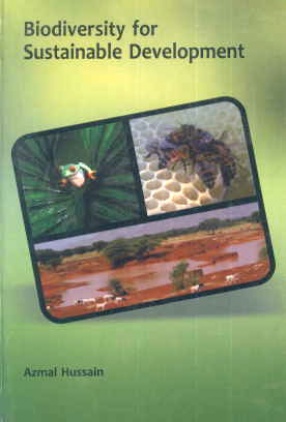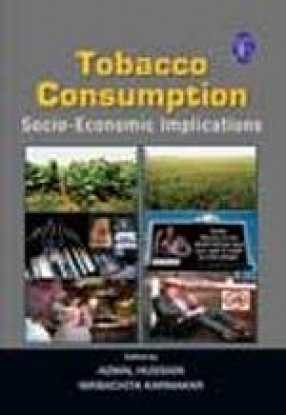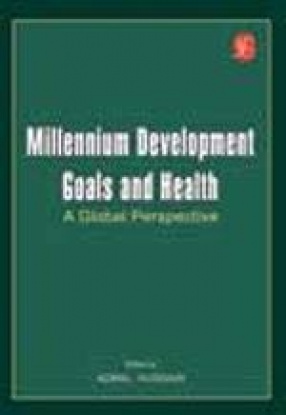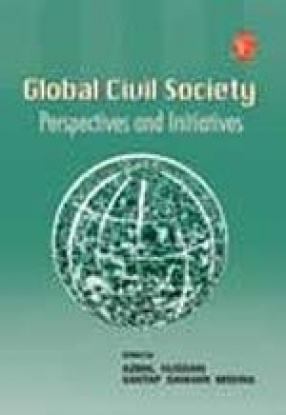Biodiversity for Sustainable Development
Biodiversity essentially refers to all aspects of variability evident in the living world, including diversity within and between individuals, populations, species, communities and ecosystems. Biodiversity trends are mainly assessed in terms of declining populations and species, either individually or collectively, when manifest of loss of habitants or reduction in the area of ecosystems. The challenges to biodiversity have been explicit from different facts and figures suggesting that many species are no longer found throughout their former ranges, and may only occur in reduced numbers. Many high value fish have shown considerable decline mainly owing to overexploitation. Conservation and management of biodiversity is a priority concern in environmental as well as development policies worldwide. This is due to the increasingly growing need for maintaining ecological balance throughout the globe coupled with the prospects of return from the global biodiversity reserve. Besides, human exploitation beyond a concerning limit may pose challenges to the global wealth of biodiversity every now and then.
Against this backdrop, the book attempts to capture some of the issues pertaining to biodiversity conservation and management. The book also highlights the existing and potential role of society, including different institutional arrangements in the context of conservation and management of biodiversity. The book emphasizes on these aspects through various country experiences.
Get it now and save 10%
BECOME A MEMBER











Bibliographic information